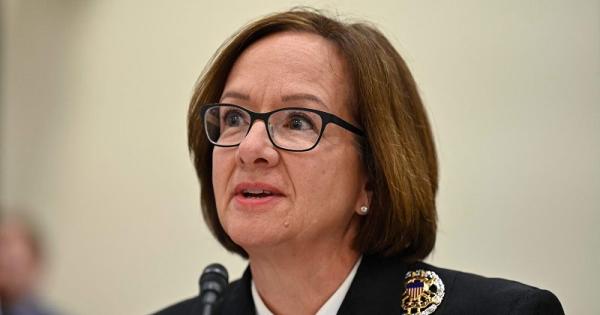Votes are being cast in UP for Congress President’s election

Lucknow. Voting for the post of Congress President began at the Uttar Pradesh Congress Headquarters here on Monday morning, in which 1250 electors (delegates) will exercise their franchise.
Uttar Pradesh Congress spokesperson Ashok Singh said, “Voting began at 10 am on Monday at the headquarters of the Uttar Pradesh Congress Committee and so far around 300 electors of the party have exercised their franchise.
Another party spokesperson Vikas Srivastava said that the voting will be held till 4 pm. He said that six polling stations have been set up where polling is taking place. Srivastava said that the counting of votes will be held on October 19. There are 9,300 electors in this election, including 1,250 from Uttar Pradesh. For the sixth time in the 137-year history of the Congress, polling is underway at the AICC headquarters in Delhi and over 65 polling stations across the country.
Senior Congress leaders Mallikarjun Kharge and Shashi Tharoor are facing each other in the election for the post of All India Congress Committee (AICC) president on Monday. After this election the party is set to have a non-Gandhi president in more than 24 years. (Language)





